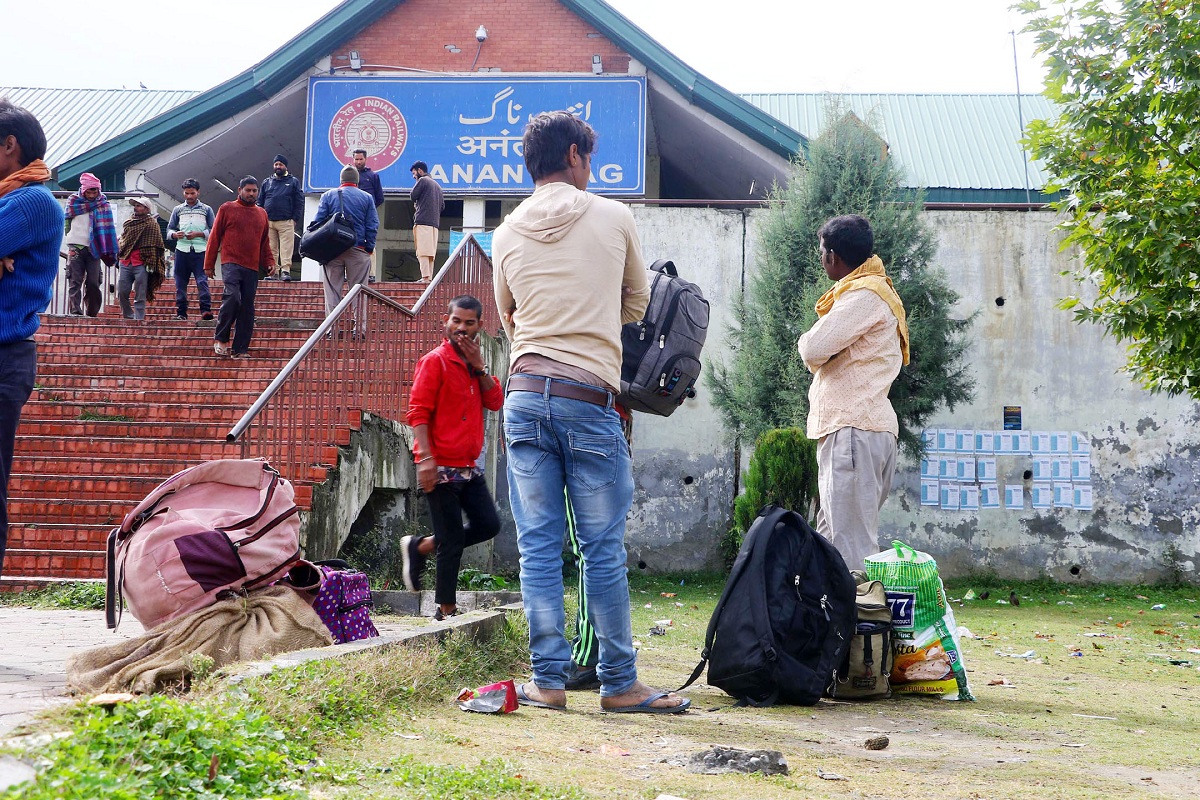HC notice to Odisha govt on removal of chairperson, members of women panel
The Department of Women and Child Development which conducted the performance review of the chairperson and members had found the Commission's performance unsatisfactory.
In the last five years, over 1,000 bonded labourers were identified, rescued, and rehabilitated in the State. The government has put in place an institutional mechanism to address the issue of bonded labour.

Reopresentational Photo
As abhorrent practice of bonded labour goes unabated with thousands of from poorer and weaker sections opting for inter-state migration to eke out a living, the state government claimed to have freed over 1,000 bonded labour from exploitative labour practice and rehabilitated them to lead a life of dignity.
In the last five years, over 1,000 bonded labourers were identified, rescued and rehabilitated in the State. The government has put in place an institutional mechanism to address the issue of bonded labour. Standard operating procedure for identification and rescue of bonded labourers and prosecution of offenders has been framed and issued to all the district level authorities for strengthening the prosecution machinery, said a senior official of State’s labour welfare directorate on Tuesday.
Regular sensitization programmes and coordination with the field level functionaries such as district magistrate, superintendent of police, labour department officials at the district and State level are being held under the aegis of National Human Rights Commission and State Human Rights Commissions, he said.
Advertisement
Migrant labourers particularly from Bolangir and Nuapada are becoming easy victims of bonded labour and all this has been happening because of extreme poverty and high debt conditions. Alienation due to caste issues was also driving these Odisha families to get trapped in the brick kilns, stone quarries, fisheries sector, forest labour and carpet weaving outside their State, said labour migration experts.
Workers tend to migrate out of less affluent states and into more affluent states. Perpetrators use the advance to force the labourers to forfeit their freedom and rights, often using physical violence and threats to control them, they said.
The Bonded Labour System has been abolished by law throughout the country with effect from 25 October 1975 by promulgation of the Bonded Labour System (Abolition) Ordinance. This was later replaced by the Bonded Labour System (Abolition) Act, 1976. As and when the existence of bonded labour is detected, such persons are identified for rehabilitation, said officials.
Under the Bonded Labour System (Abolition) Act, 1976 identification, release and rehabilitation of freed bonded labour is the direct responsibility of the State government. However, in order to assist the State Governments in the task of rehabilitation of identified and released bonded labour, a Central Sector Scheme for Rehabilitation of Bonded Labourer-2016 is in operation, added the official.
Advertisement